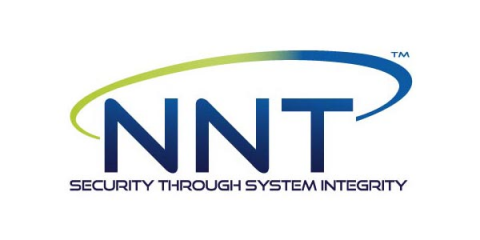Swimming in the Deep End: Data Leaks and the Deep Web
Those interested in how data breaches occur should be familiar with the general topography of the Internet. In our previous piece, we discussed the difference between the surface web, deep web and dark web. Most estimates about the topography of the Internet conclude that the deep web makes up between 95%-99% of all web sites. The dark web likely comprises less than 1%, while the surface web accounts for only a few percentage points itself. Nearly the entire Internet is the deep web.






